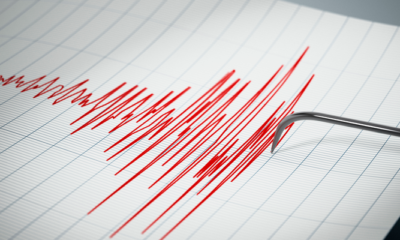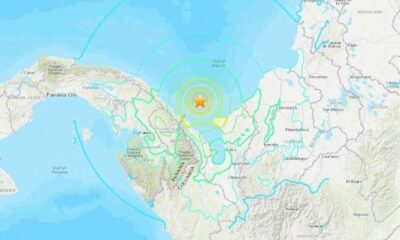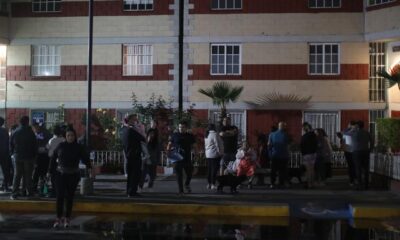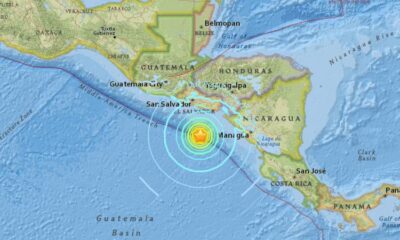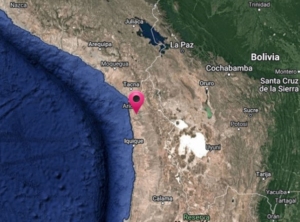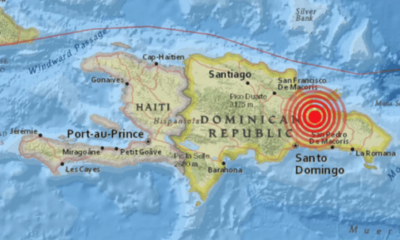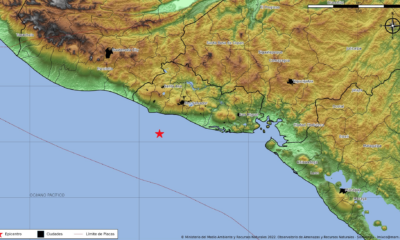International
Two dead, more than 3,000 buildings damaged in Mexico earthquake
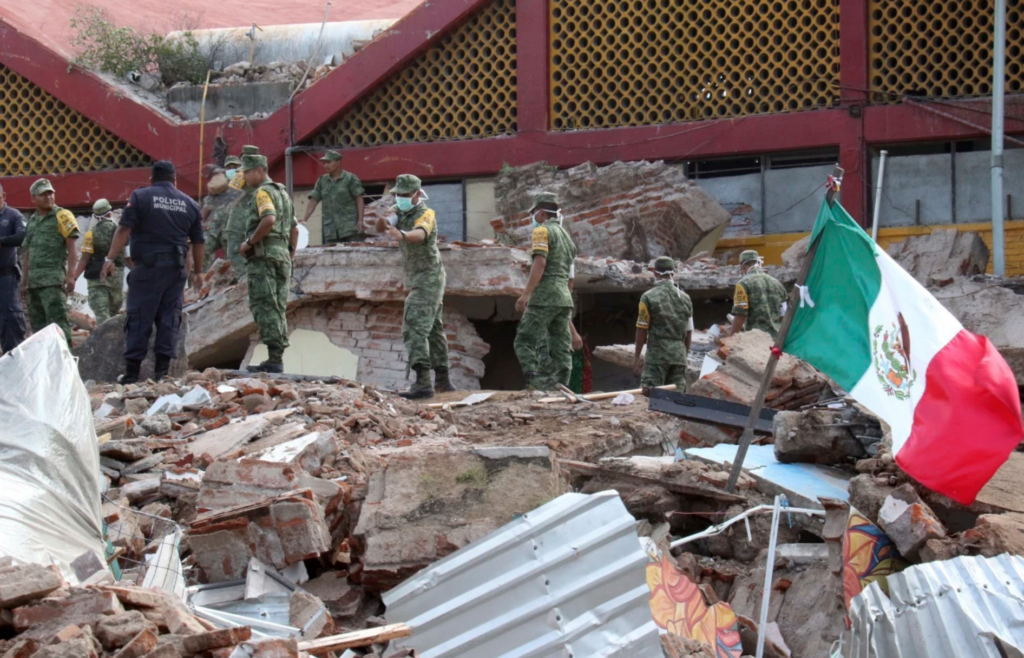
AFP
Two people were killed and more than 3,000 buildings were damaged by a powerful 7.7 magnitude earthquake that struck Mexico on the anniversary of two devastating tremors, authorities said Tuesday.
A woman died of injuries caused by a falling wall in Manzanillo in the western state of Colima, civil defense national coordinator Laura Velazquez told reporters.
A man was killed by falling debris in a shopping center in the same city during Monday’s earthquake, which caused buildings to shake and sway in Mexico City.
President Andres Manuel Lopez Obrador said it was lucky that the death toll was not higher.
“It was a tremor of considerable intensity,” he said.
The epicenter was located near the Pacific coast, around 400 kilometers (250 miles) west of the capital and 59 kilometers south of Coalcoman in the state of Michoacan, according to seismologists.
The depth was estimated at 15 kilometers.
At least 26 people received hospital treatment in Michoacan, where authorities reported damage to 3,161 houses as well as several dozen education and health centers.
Nine people were injured in Colima, where more than 150 houses and other buildings were damaged, officials said.
There were hundreds of aftershocks, the most powerful of which was magnitude 5.8, according to the national seismological agency.
The earthquake struck less than an hour after millions of people in Mexico City participated in emergency drills on the anniversary of two previous disasters.
“It was very scary. I thought, on the 19th again, it can’t be,” said Laura Plaza, a retired teacher.
On September 19, 1985, an 8.1 magnitude quake killed more than 10,000 people and destroyed hundreds of buildings.
On the anniversary of that earthquake in 2017, a 7.1 quake left around 370 people dead, mainly in the capital.
The timing of Monday’s tremor was no more than a coincidence, the national seismological agency said.
“There is no scientific reason to explain it,” it added.
Mexico sits in the world’s most seismically and volcanically active zone, known as the Ring of Fire, where the Pacific plate meets surrounding tectonic plates.
Mexico City, which together with surrounding urban areas is home to more than 20 million people, is built in a natural basin filled with the sediment of a former lake, making it particularly vulnerable to earthquakes.
The capital has an early warning alarm system using seismic monitors that aims to give residents enough time to evacuate buildings when earthquakes hit seismic zones near the Pacific Coast.
International
Rubio rules out 2028 presidential bid if Vance runs
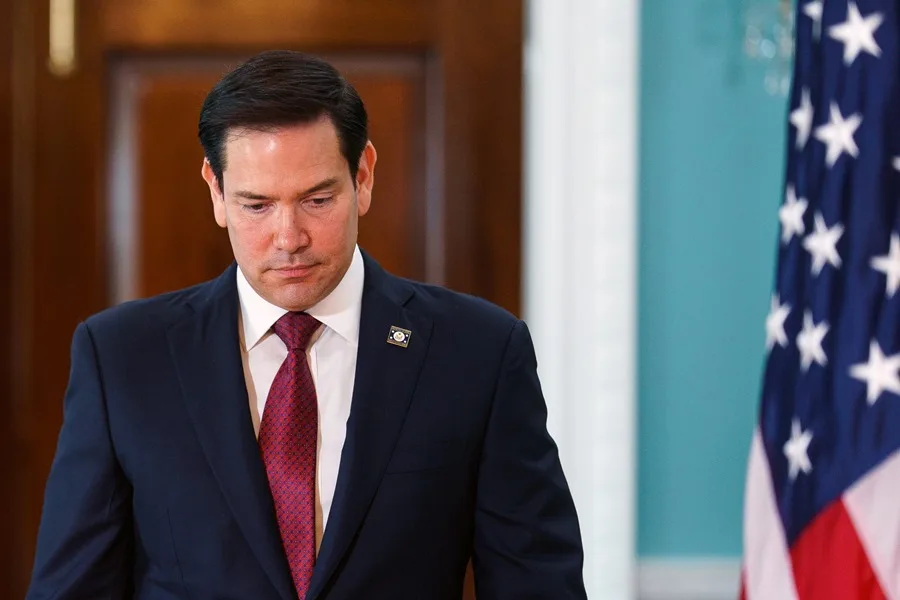
U.S. Secretary of State Marco Rubio said he would not seek the presidency in 2028 if current Vice President JD Vancedecides to run as the Republican nominee to succeed President Donald Trump.
“If JD Vance runs for president, he will be our candidate, and I will be one of the first people to support him,” Rubio said in an interview with Vanity Fair, in which he appeared alongside other senior members of the presidential cabinet.
Rubio, 54, and Vance, 41, are widely viewed as two of the leading Republican figures who could headline the party’s ticket in the 2028 election. Under the U.S. Constitution, Trump is barred from seeking another term after completing two presidential mandates.
In a lighthearted moment during the interview, Vance jokingly offered photographers $1,000 if they managed to make him look better than Rubio in the photos. Both leaders have received public backing from Trump, who last October floated the idea of a joint ticket featuring Rubio and Vance, without clarifying who would lead it.
“I think that if they ever teamed up, they would be unstoppable. I don’t think anyone would run against us,” Trump said at the time.
White House Chief of Staff Susie Wiles, who also took part in the interview, confirmed that Trump does not intend to violate the 22nd Amendment, which prohibits a third presidential term, though she acknowledged that the president is “having fun” with speculation about a possible return to office.
Rubio, the son of Cuban immigrants, served as a Republican senator from 2010 to 2025. He sought the party’s presidential nomination in 2016 but was defeated by Trump after a bruising primary contest. His name was floated as a potential vice presidential pick in 2024, but Vance ultimately secured the spot. After taking office, Trump appointed Rubio as secretary of state, making him the first Latino to hold the position.
International
Authorities search for armed and dangerous suspect in fatal Brown University attack
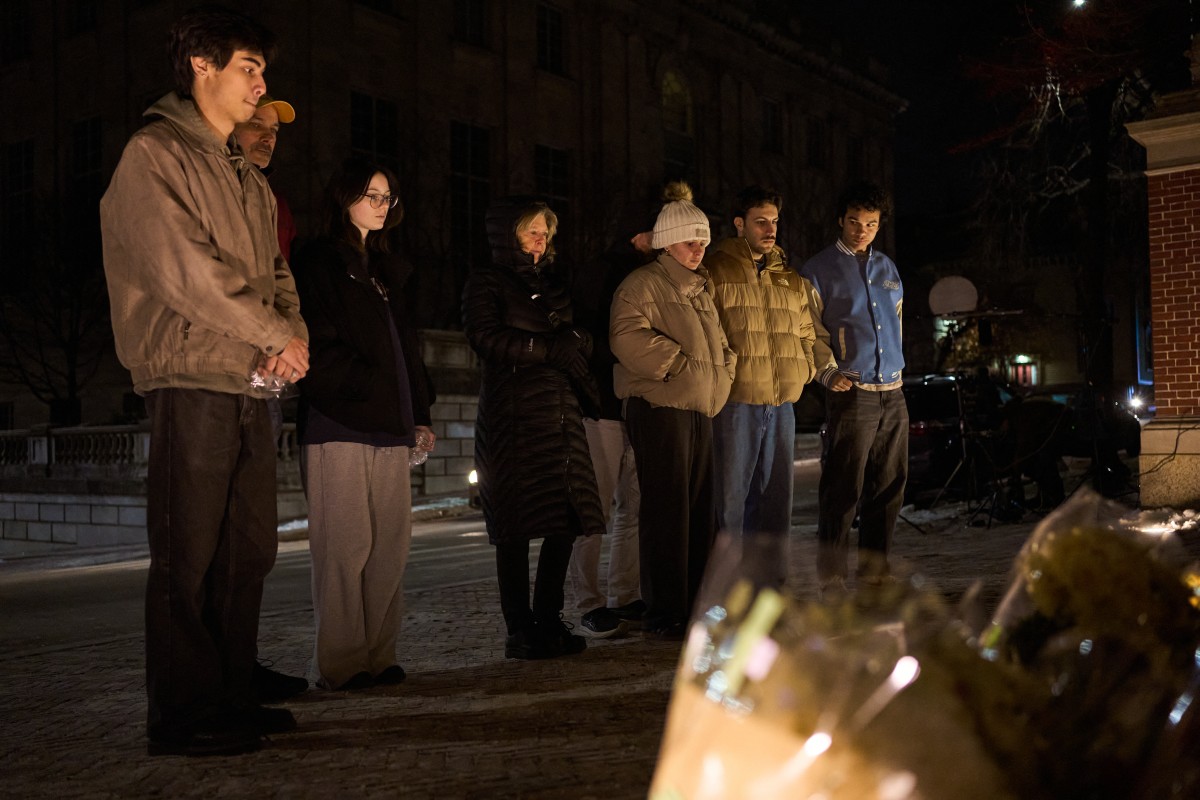
According to the statement, investigators are “seeking the public’s help to identify and speak with an individual” who was seen “near” the suspect at the time of the attack.
The Providence Police Department in Rhode Island released three photos of the person of interest, whose face has been blurred. In the images, the individual is wearing navy blue clothing, what appears to be a green hood, and carrying a light-colored backpack.
Earlier, authorities had released several photos and videos of a suspect described as “approximately 5 feet 8 inches tall, with a stocky build,” dressed in dark clothing, with their face covered by a surgical mask and wearing a beanie. The suspect’s identity remains unknown.
Authorities are offering a $50,000 reward for any information leading to the identification, arrest, and conviction of the person responsible for the killings, who is considered armed and dangerous.
The gunman opened fire on Saturday at Brown University’s engineering and physics building, where exams were being held, killing students Ella Cook and Mukhammad Aziz Umurzokov. The names of the nine people injured have not been released.
International
Police investigate deaths of Rob Reiner and wife as apparent homicide

The Los Angeles Police Department (LAPD) is investigating the deaths of Hollywood actor and filmmaker Rob Reinerand his wife as an “apparent homicide,” amid a wave of tributes to the director of classics such as When Harry Met Sally.
According to U.S. media reports on Sunday, Rob Reiner and Michele Singer Reiner were found dead at their Los Angeles mansion with what appeared to be stab wounds.
Several political figures shared messages of condolence following the reported deaths of the director of A Few Good Menand his wife.
While the LAPD did not officially confirm the identities of the victims, it stated that homicide detectives were dispatched to the Reiner residence.
“At this time, no additional details are available and the investigation into an apparent homicide is ongoing,” the Los Angeles Police Department said in a statement posted on social media.
LAPD Deputy Chief Alan Hamilton told reporters that no arrests have been made and that no individuals are currently being questioned as suspects.
“I’m not going to confirm whether anyone is being questioned at this moment or not. We are going to try to speak with as many family members as we can,” Hamilton said.
CNN reported that a family spokesperson confirmed the deaths of Reiner and his wife.
California Governor Gavin Newsom, former U.S. President Barack Obama, and former Vice President Kamala Harrisissued statements expressing their condolences.
-

 Central America3 days ago
Central America3 days agoPanama seizes over three tons of drugs hidden in Caribbean port container
-

 International2 days ago
International2 days agoPolice investigate deaths of Rob Reiner and wife as apparent homicide
-

 International4 days ago
International4 days agoSeveral people shot in attack on Brown University campus
-

 Central America2 days ago
Central America2 days agoOAS urges swift recount in Honduras as election results remain uncertain
-
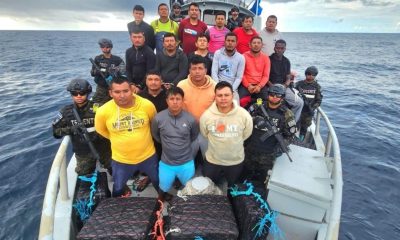
 Central America1 day ago
Central America1 day agoEl Salvador ranks among top countries in the Americas in fight against organized crime
-
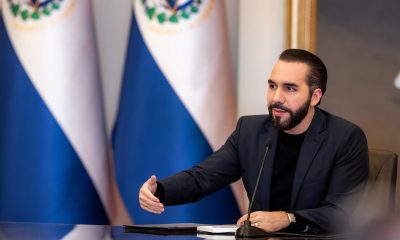
 Central America1 day ago
Central America1 day agoBukele says AI partnership with xAI will transform public education in El Salvador
-

 International4 days ago
International4 days agoU.S. and Mexico Reach Deal to Address Water Deficit Under 1944 Treaty
-

 Central America2 hours ago
Central America2 hours agoArrests and clashes in Tegucigalpa as vote count continues after Honduras election
-
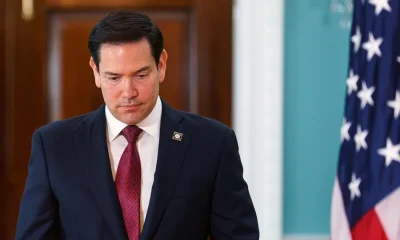
 International2 hours ago
International2 hours agoRubio rules out 2028 presidential bid if Vance runs
-
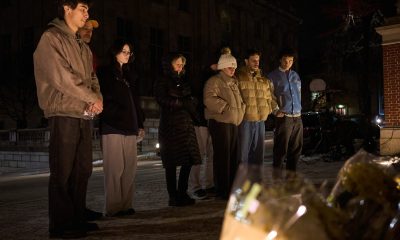
 International2 hours ago
International2 hours agoAuthorities search for armed and dangerous suspect in fatal Brown University attack

























